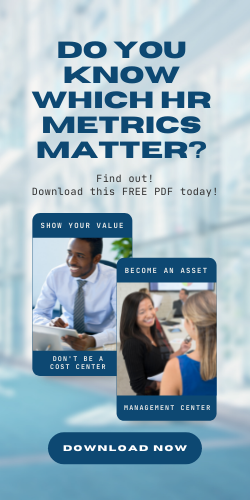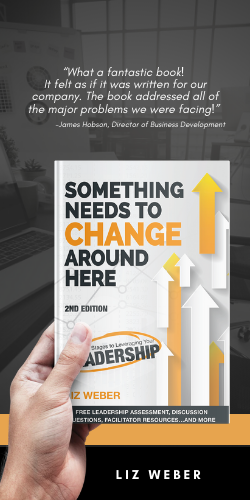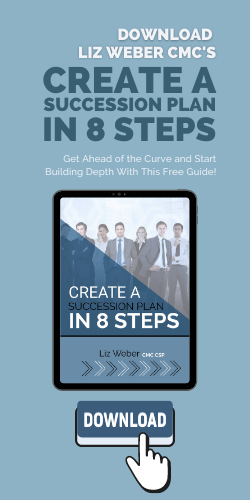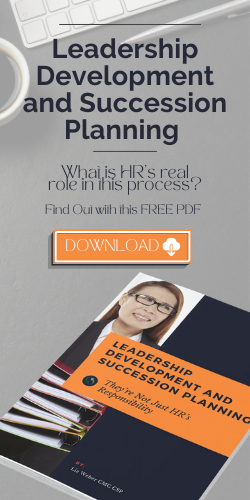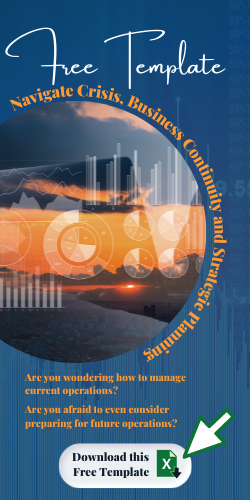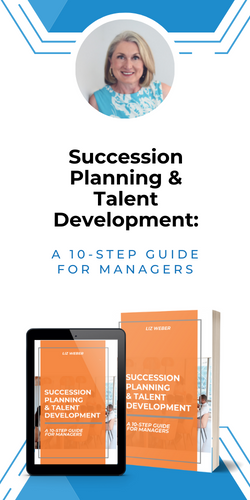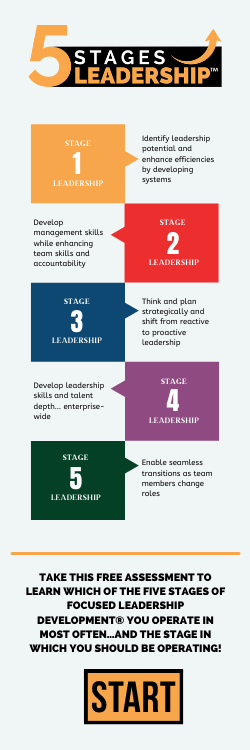
A client was experiencing some employee performance issues and asked us to present training to their managers on their new employee performance evaluation form. Terrific. However, they weren’t thrilled when I told them that the training should focus – at most – 10% of the time on the actual use and mechanics of the form. The remaining 90% of the training needed to focus on managing performance and preparing for the reviews all year long. They couldn’t expect a form to solve the performance issues they were experiencing.
We suggested seven core ideas be included in the training to help the managers and employees address the performance issues they had:
-
Build trust between the managers and employees.
It’s pretty tough for a manager to critique an employee’s performance and have her comments well-received when there’s no trust or respect between them. Trust and respect take time to earn. Start now.
-
Determine and communicate clear expectations and job duties.
Outline clearly your organization’s values so there is no guessing as to what behaviors you expect of everyone day in and day out. Also, a basic listing of what the person filling the position is expected to do on a daily, weekly, monthly, quarterly, and annual basis is a big help. The list of what they need to be able to do – to deliver – needs to be clear to both the manager and employee so no one has to guess.
-
Determine and communicate the performance standards.
Once it’s clear what the employee is supposed to do, it also needs to be made clear to what standard the work is to be done. If the performance rating scale has “Excellent” as its highest rating, the employee needs to be told what “Excellent” performance looks like, so he or she knows the standard you will use in the rating process. If your managers can’t clarify what “Excellent” looks like, how are the employees supposed to know and perform to “Excellent” standards?
-
Communicate and document job performance all year long.
There should be no surprises at review time. Too often, that’s all the formal performance review meeting is: a rehashing of all the things done wrong all year long that were never addressed when they occurred. In addition to acknowledging when employees do things right, ensure you talk with them right when they start to veer off-track. When an employee does something wrong or is starting to exhibit behaviors that are not acceptable, make the employee aware that what s/he is doing is wrong — and be specific. Don’t be vague and general. Specify what they are doing or did that is not acceptable. Make them aware their behavior or performance is not acceptable, help them identify how to correct it, and then, document the conversation. Be fair and give your employees an opportunity to correct their behaviors (if what they’re doing is still minor). Give your employees an opportunity to choose to keep doing things right, as well as to correct things that need to be corrected.
-
Coach, re-align, and develop.
Good managers monitor their employees’ performance constantly. Performance that starts to veer off-track can be quickly refocused – through a Necessary Conversation – and missing skills can be addressed through training or other means. Good managers are vigilant. They provide the guidance and tools needed to keep their employees focused and in constant growth and development mode.
-
Evaluate Job Performance.
This is the actual rating of the employee’s performance. If good and not-so-good performance has been documented all year, the actual form completion is just a matter of pulling the file and recording the history that’s been tracked – and discussed – all year long.
-
Hold Performance Review Meetings.
These meetings should hold no surprises about past performance. All issues concerning past performance should have been addressed in real-time. The Review Meeting should review the rating form — which again should hold no surprises. Share a few specific examples you will have already documented over the performance review period, so the employee will “see” how his or her levels of performance align to those expected for “Excellent” and the other ratings in each category rated. When you do this, there will be fewer surprises and less need for explaining the ratings. Then you can focus the bulk of your meeting time discussing and developing goals and plans for the next year or rating period. These goals and plans are then a guide for both the managers and employees to track the next year’s performance.
If your managers start to complain about having to complete their employee performance review forms, you might ask if they’ve done their job well all year long.
If so, the performance reviews and meetings are a great time to positively plan for the future. If not, share with them how so they can make the process a win-win in the future.
Copyright MMVII – Liz Weber, CMC, CSP – Weber Business Services, LLC – www.WBSLLC.com +1.717.597.8890
Liz supports clients with strategic and succession planning, as well as leadership training and executive coaching.









